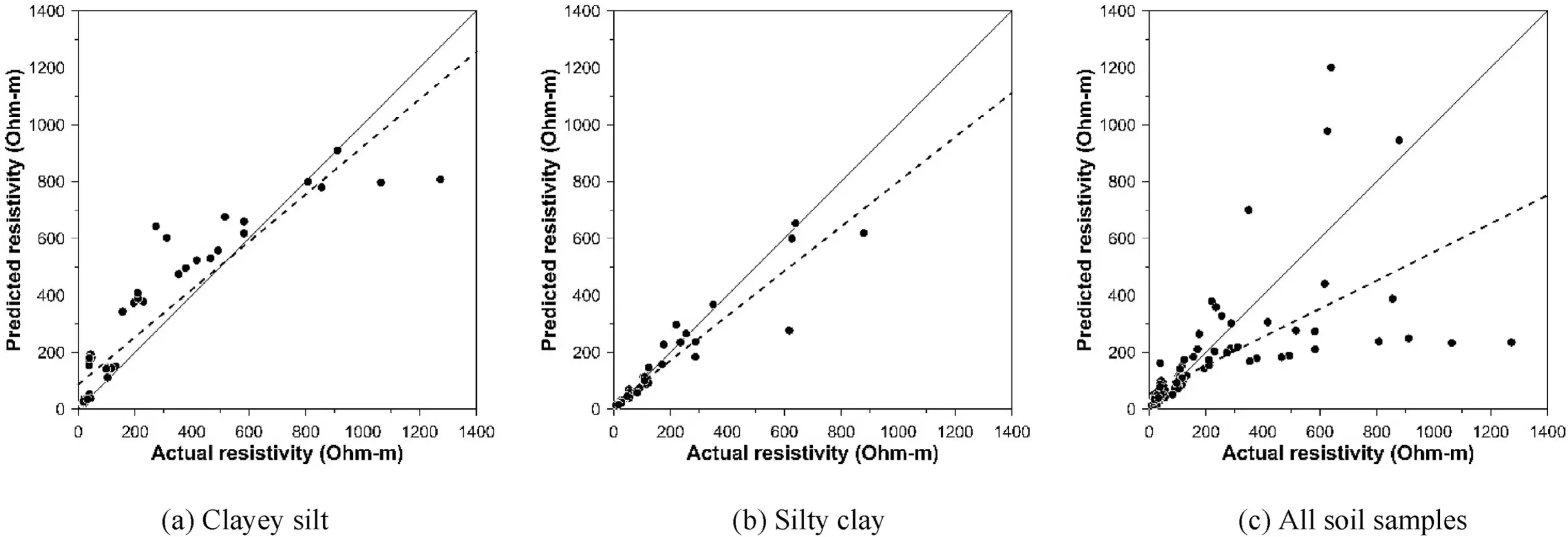Proper power grounding systems are essential for maintaining the safety and reliability of critical electrical subsystem infrastructure, such as substations. These systems provide a low-resistance path for electrical fault currents to flow into the earth, preventing electrical shocks, fires, and damage to vital equipment. Soil resistivity plays a crucial role in the design of power grounding systems, as it determines how efficiently current can flow into the ground.
For the most cost-effective and efficient grounding systems for electrical substations, it is imperative to carefully select sites with the lowest soil electrical resistivity. Low resistivity ensures optimal performance and safety of the grounding system. The Electricity Generating Authority of Thailand has set criteria for the soil resistivity required for substations, with a threshold of less than 80 Ohm-meters. However, meeting these requirements can be a challenge, leading to the need for robust soil resistivity assessment methods.
While many studies have explored the relationship between soil resistivity and various geotechnical properties, there is a need for a comprehensive predictive model that integrates these relationships. Professor Shinya Inazumi and his research team from the College of Engineering at Shibaura Institute of Technology conducted a thorough investigation into the behavior and relationships between soil resistivity and geotechnical parameters. Their goal was to develop a predictive model that accurately predicts soil resistivity under field conditions.
The study focused on measuring 30 soil samples from different locations within a power grid substation in Thailand. Three index geotechnical properties – water content, plasticity index, and dry density – were correlated with soil electrical resistivity. The results showed a clear relationship between soil resistivity and water content, with resistivity increasing as water content decreased. The researchers also used nonlinear multiple regression analysis to study the combined effects of water content and other soil parameters.
While the developed predictive model showed strong correlations between soil resistivity and water content, plasticity index, and dry density, it was limited to cohesive soils with fine particles due to the sample variety used in the study. The researchers acknowledged this limitation and proposed including a broader and more diverse set of soil samples in future research. This would enhance the model’s accuracy and applicability to a wider range of soil types and conditions.
The study conducted by Professor Shinya Inazumi and his team represents a significant step forward in soil resistivity assessment for power grounding systems. By developing predictive models that consider multiple geotechnical parameters, the research contributes to the cost-effective construction of ground systems for electrical substations. These advancements pave the way for safer and more reliable power supply, which is crucial for stable economic growth and the protection of equipment and personnel from electrical faults.


Leave a Reply